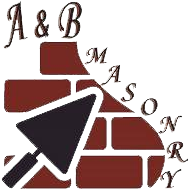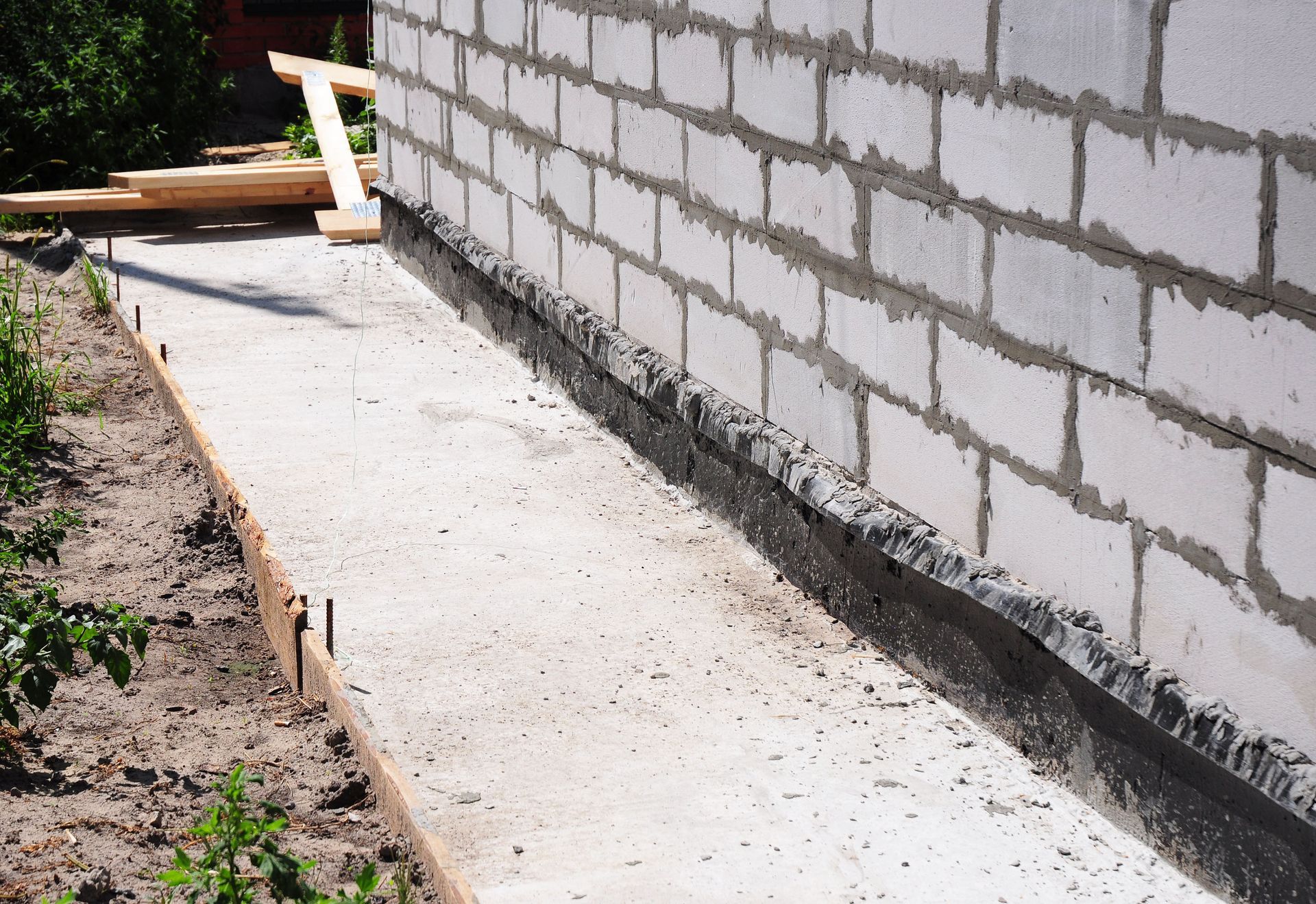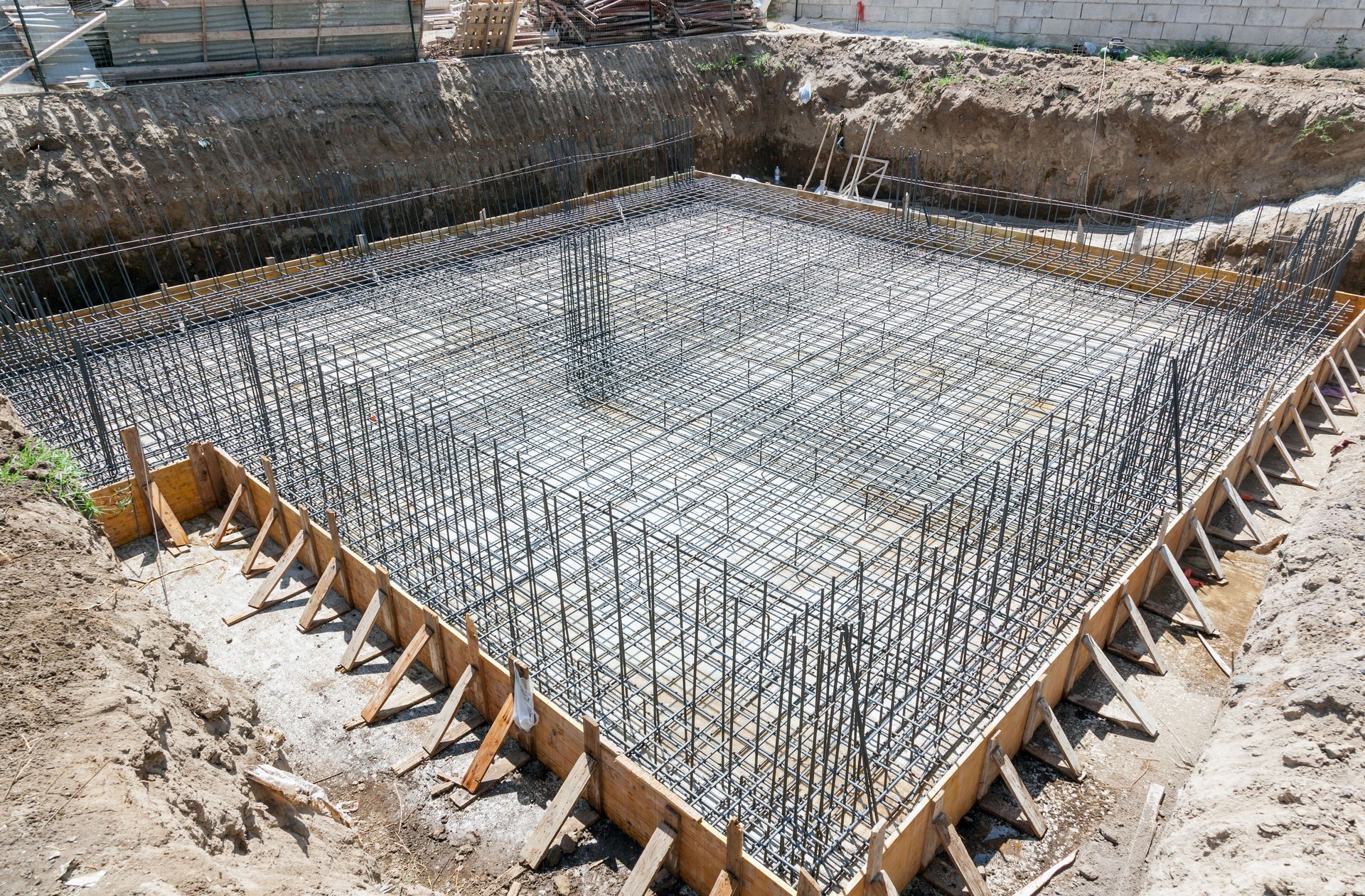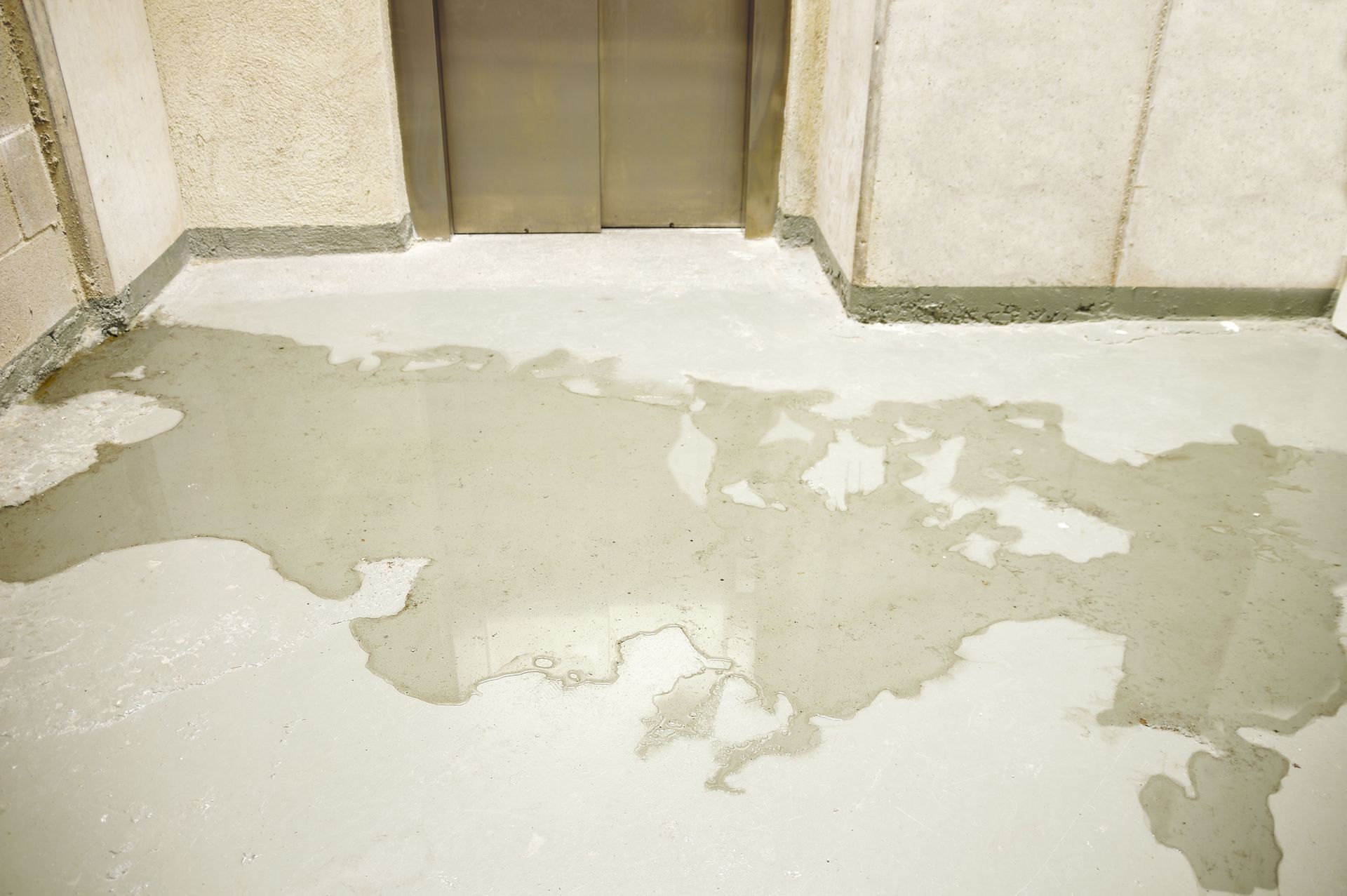Signs Your Basement Is in Need of Foundation Repair
Understanding the structural integrity of your home is crucial for its longevity and safety. One key area that often signals deeper issues is the basement. Knowing the signs that suggest your basement needs foundation repair is essential for homeowners. This article highlights common indicators and their implications. Proactively addressing these concerns can safeguard your property from damage and high repair costs. The process of basement foundation repair not only protects your investment but also ensures the well-being of everyone living in the home.
Cracks in Basement Walls
Understanding Crack Types
Cracks in basement walls are a frequent sign of potential foundation issues. These can vary in size and shape, each pointing to different problems. Small, hairline cracks may seem harmless but can indicate underlying stress. Larger cracks often signal significant structural movement. Understanding the differences helps determine repair urgency. Many times, cracks are the first clue that a homeowner might require basement foundation repair.
The Difference Between Vertical, Horizontal, and Diagonal Cracks
Vertical cracks run up and down and are usually less concerning, often caused by concrete shrinkage. Horizontal cracks, however, can indicate severe structural stress from soil or water pressure. Diagonal cracks may suggest uneven settling. Identifying the type of crack helps target the right repair strategy.
What Hairline Cracks Mean
Hairline cracks are thin lines, often from natural settling. Though minor, widening over time can signal worsening structural issues. Monitoring them is crucial to avoid escalation. Consulting a professional ensures small cracks don't become larger threats.
Structural Integrity and Larger Cracks
Larger cracks compromise structural integrity and should never be ignored. They often point to shifting foundations or intense pressure. They can also allow water infiltration, worsening moisture issues. According to Bob Vila, typical crack repair ranges from $250 to $800. Addressing larger cracks promptly is vital for stability.
When to Seek Professional Evaluation
Knowing when to call a professional is essential. Wider or spreading cracks, especially those over a quarter inch, require expert evaluation. Water seepage around cracks is another red flag. Timely intervention can prevent costly basement foundation repair later.
Uneven Basement Floors
Causes of Uneven Floors
Uneven basement floors stem from factors like soil settlement, poor construction, or water infiltration. Soil compaction or erosion can shift floors. Changes in moisture and temperature also move concrete slabs. Identifying the cause is key to fixing the issue.
Identifying Sloped or Sagging Areas
Signs of uneven floors include dips when walking or sloping surfaces visible to the eye. Even minor irregularities may suggest structural issues. Detecting them early allows for timely corrective measures.
Impact of Soil Movement
Soil movement beneath the home is a major contributor. Shifting soil causes uneven settling, which can strain the foundation. Natural ground changes or poorly compacted fill dirt worsen this problem. Left unchecked, soil movement accelerates cracks and misalignments.
Consequences on Your Home's Structure
Uneven floors stress the home's frame, leading to cracked walls and misaligned doors. Ignoring the issue risks long-term structural damage and safety concerns. Correcting floor issues preserves architectural integrity.
Steps to Remedy Uneven Floors
Solutions start with thorough inspection. Depending on the cause, methods include underpinning, soil stabilization, or replacing damaged floor sections. Professional guidance ensures effective action. In many cases, remedies connect directly to basement foundation repair solutions.
Mold and Moisture Issues
Signs of Excess Moisture
Moisture signs include damp spots, musty odors, condensation, or pooled water. Persistent dampness indicates drainage or foundation weaknesses. Early detection is critical to prevent structural decay.
The Link Between Moisture and Foundation Problems
Water intrusion weakens soil and undermines stability. Poor drainage or cracks allow water to stress walls, leading to bowing or crumbling. Addressing water sources is essential to protect the foundation.
Preventing Mold Growth
Mold thrives in damp basements. Prevention includes ventilation, dehumidifiers, and sealing entry points for moisture. Regular inspections and sealant applications help minimize mold risks.
Health Implications of Mold in the Basement
Mold spores cause respiratory issues, allergies, and worsen asthma. Prolonged exposure harms health, especially for vulnerable individuals. Eliminating mold creates a safer living environment.
Repair Solutions for Moisture Control
Moisture control strategies include sump pumps, drainage improvements, and basement encapsulation. Exterior wall sealing and better air circulation further protect against water damage. Professional input ensures long-lasting effectiveness.
Doors and Windows That Stick
Understanding the Connection to Foundation Issues
Sticking doors and windows often reveal foundation shifts. Uneven settling or soil pressure misaligns frames, making them hard to operate. These are early indicators of deeper issues.
Identifying Problematic Areas in Your Basement
Sticky doors and windows usually appear alongside wall cracks or uneven floors. If minor fixes fail, structural problems are likely. Regular checks help detect these signs quickly.
Signs of Warped Door Frames
Warped frames result from shifting foundations and excess moisture. They compromise both alignment and security. If ignored, they lead to compounded structural problems.
Impact on Window Functionality
Misaligned basement windows can jam, leak, or lose insulation. They affect comfort, security, and energy efficiency. Resolving underlying foundation problems restores full function.
When to Consult a Foundation Repair Specialist
Persistent sticking requires a foundation specialist. Experts provide detailed evaluations and targeted repairs. Their role is critical for long-term safety and stability.
Gaps and Spaces at Wall Joins
Locating Problematic Gaps
Gaps along corners or baseboards may indicate foundation shifts. Even well-kept homes can develop them from soil instability or prolonged moisture. Any gap deserves careful inspection.
Causes of Space Formation Between Walls
Spaces form as the foundation shifts or settles. Natural soil changes, erosion, or poor drainage accelerate the problem. Identifying causes helps apply the right solutions.
The Role of Settling and Shifting
Settling is natural, but uneven movement creates structural issues. Gaps and cracks are warning signs. Professional evaluation distinguishes normal shifts from serious problems.
Visual Signs of Foundation Movement
Signs include widening gaps, bulging walls, or floor separations. Misaligned windows and doors often accompany them. Quick action prevents worsening damage.
Long-term Impact of Unaddressed Gaps
Ignoring gaps leads to stability loss, higher energy costs, and lower property value. Over time, cracks worsen and repair costs climb. Timely intervention avoids compounded damage.
Persistent Basement Leaks
Sources of Water Leakage
Leaks may result from poor drainage, plumbing issues, or foundation cracks. Heavy rainfall often worsens weak spots. Locating the source is key to repair.
Connection to Foundation Integrity
Water infiltration erodes soil, destabilizes the foundation, and worsens cracks. Persistent leaks strain the structure and encourage mold. Reinforcing support and fixing leaks is vital.
Telltale Signs of Ongoing Leaks
Indicators include stains, dampness, odors, or peeling paint. Water pooling around basement edges often signals drainage failure. Spotting these signs early helps avoid major damage.
Methods for Proper Leak Management
Solutions range from drainage improvements and gutter upkeep to sealing cracks and installing sump pumps. Professionals tailor strategies to your foundation's needs for long-term results.
Long-term Solutions for Persistent Issues
Waterproofing, soil stabilization, and foundation reinforcement protect against recurring leaks. Regular maintenance ensures effectiveness. These steps preserve both safety and property value.
Recognizing the signs that your basement may need foundation repair can prevent extensive damage. By addressing wall cracks, uneven floors, moisture issues, and sticking doors early, you protect your home's integrity and create a safer environment. If you notice these signs, consult a professional to assess and resolve the problem. With proactive care, your home remains a lasting investment. Don't wait for small problems to grow, contact A&B Masonry today for trusted basement foundation repair services that protect both your home and peace of mind.







Share On: